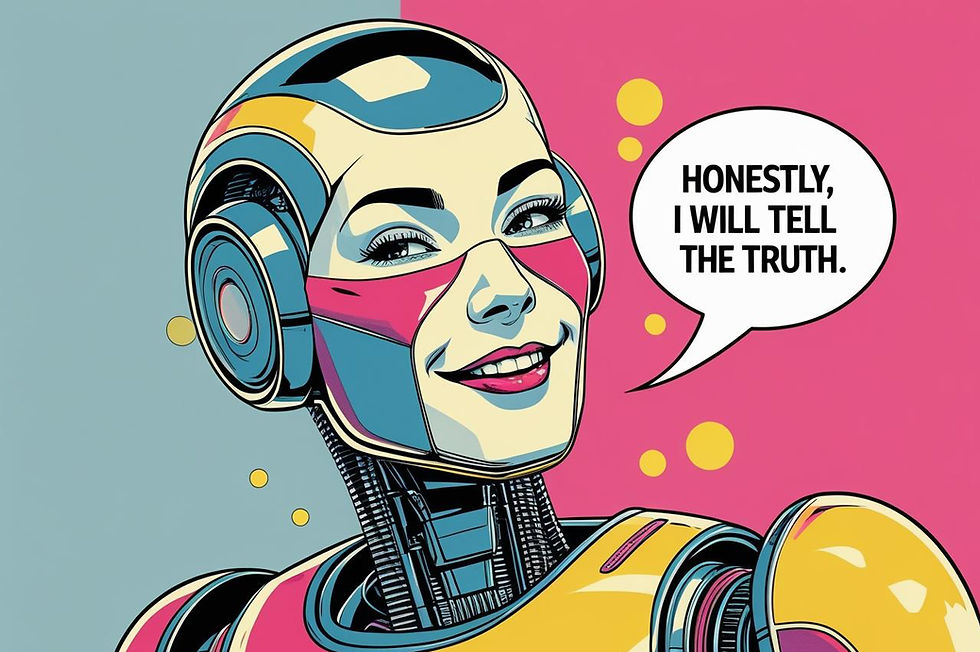The 80% AI Resistance Problem, And How to Fix It
- Ray Baptiste

- Aug 14, 2025
- 2 min read

AI is no longer the “future” of work, it’s the present. And yet, according to research published in the Journal of Management Studies, a staggering 80% of employers are still resisting AI adoption, not hesitating, not cautiously exploring, but actively resisting.
Why? And perhaps more importantly, what’s the cost of this resistance?
The Trust Gap: It’s Not About the Tech
When most leaders are asked why they haven’t embraced AI, they talk about cost, complexity, and change fatigue. But scratch beneath the surface and a deeper, more uncomfortable truth emerges: many employees don’t trust the motivations behind AI adoption.
The Journal of Management Studies notes that resistance is often rooted less in the capability of the technology and more in the perceived intent of leadership. In plain terms: if people think AI is being introduced to replace them rather than empower them, expect pushback.
This is a culture problem, not a tech problem. And culture change can’t be automated.
Why “Rational” Resistance Still Hurts
It’s easy to sympathise with leaders who are cautious. No one wants to invest in unproven tools or risk operational disruption. But here’s the paradox: the longer organisations wait, the harder and more expensive adoption becomes.
We’ve seen this story before, with the internet, with cloud computing, with mobile. Late adopters didn’t just lag behind competitors; they spent years trying to catch up and many didn't and are now just a distant memory (does any one remember Blockbuster) AI is no different, except the pace of change is exponentially faster.
In my Future of Work framework, we look at AI adoption not as a technology project but as a human transformation process. It starts with three principles:
Transparency – Employees must understand why AI is being implemented and how it will benefit them, not just the bottom line.
Capability Building – AI isn’t plug-and-play. People need to be trained, reassured, and equipped.
Culture Alignment – Change must be embedded into the organisation’s values, not bolted on as a side project.
By shifting the narrative from “AI will replace you” to “AI will elevate you,” leaders can turn resistance into readiness.
Why An Audit Matters Now
The 80% figure from the Journal of Management Studies should be a wake-up call. If your organisation hasn’t yet:
Identified areas where AI could enhance productivity and innovation
Assessed your employees’ readiness, skills, and trust levels
Built a roadmap for ethical and transparent AI use
…then you’re already behind.
The good news? The audit is the easy part. The hard part is having the courage to act on what you find.
3 Actionable Takeaways
Have you mapped the “trust gaps” that might block AI adoption in your organisation?
Are your employees trained to use AI — or just to work around it?
If you delayed AI adoption for another two years, what competitive advantage would you lose?




Comments